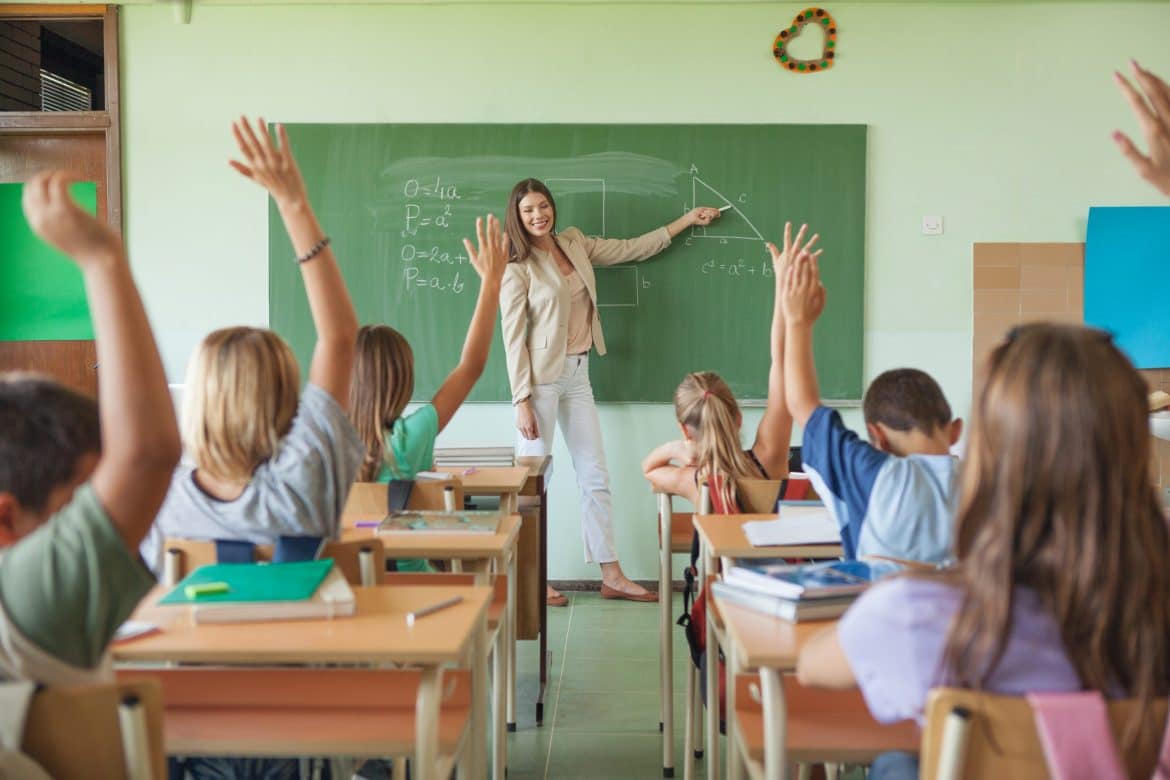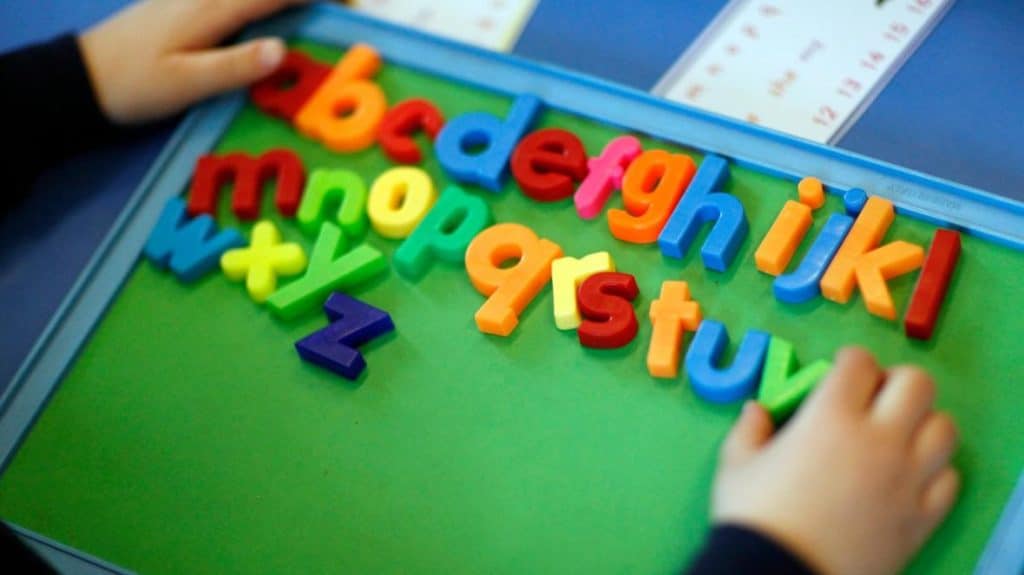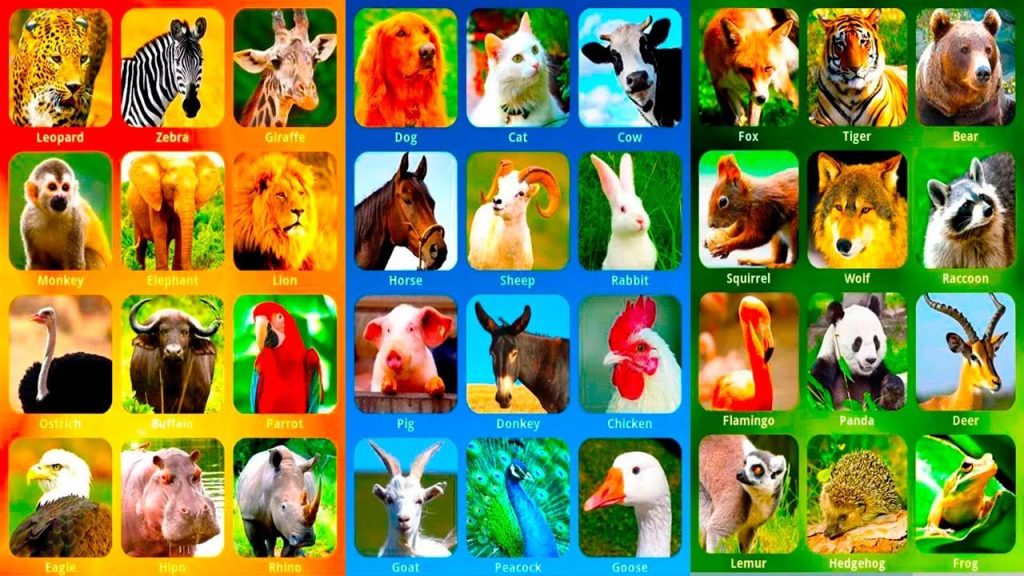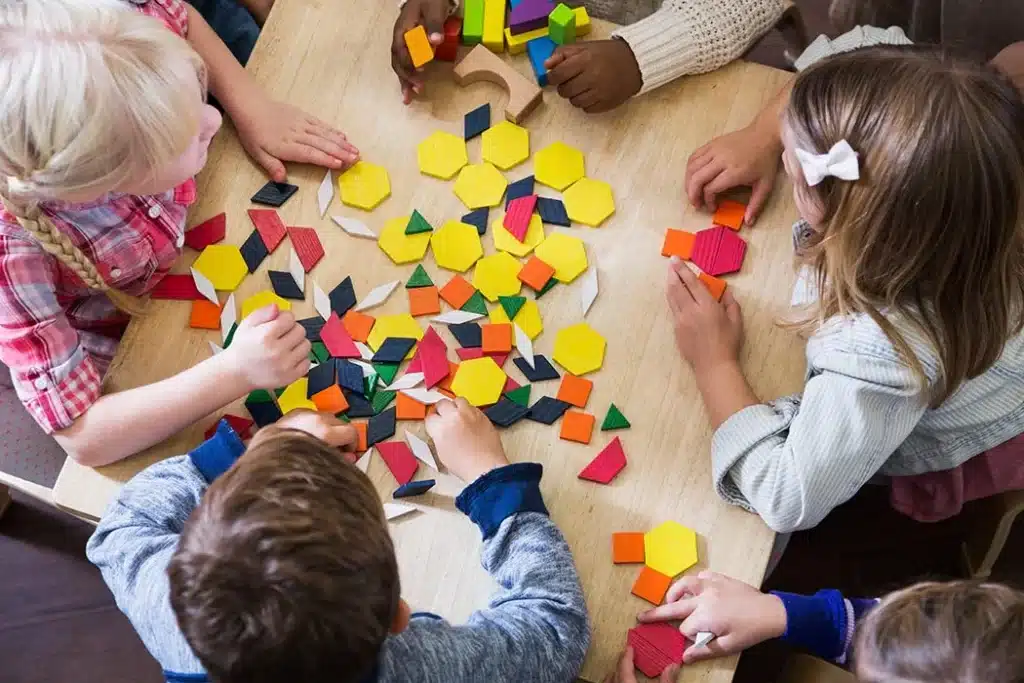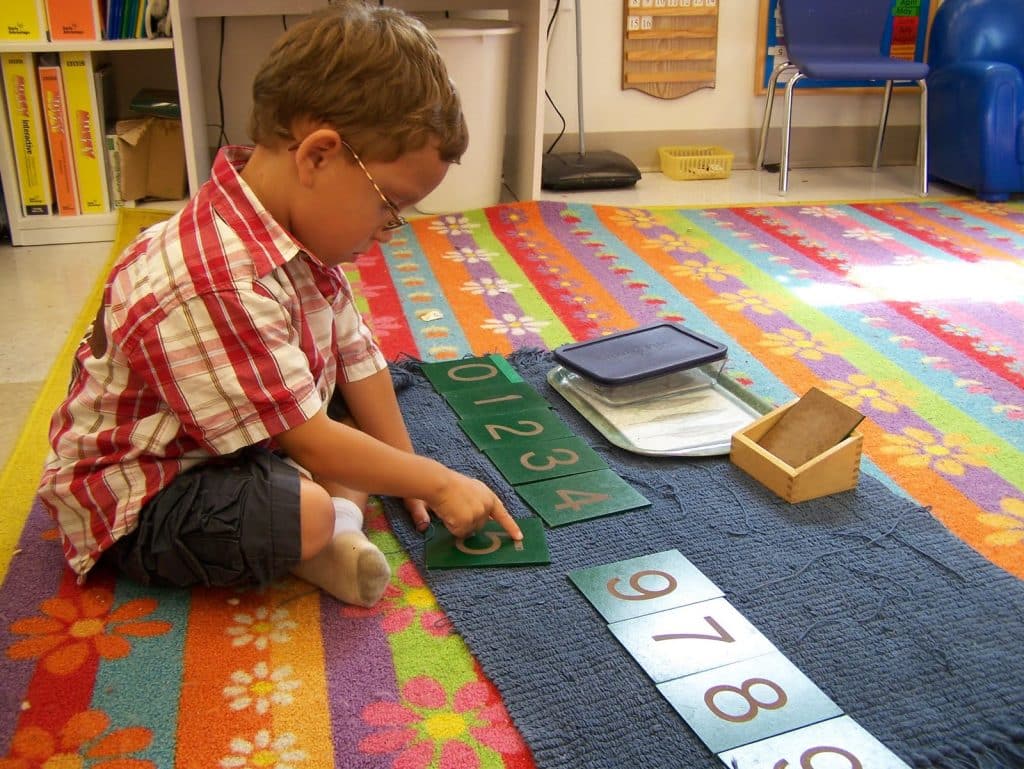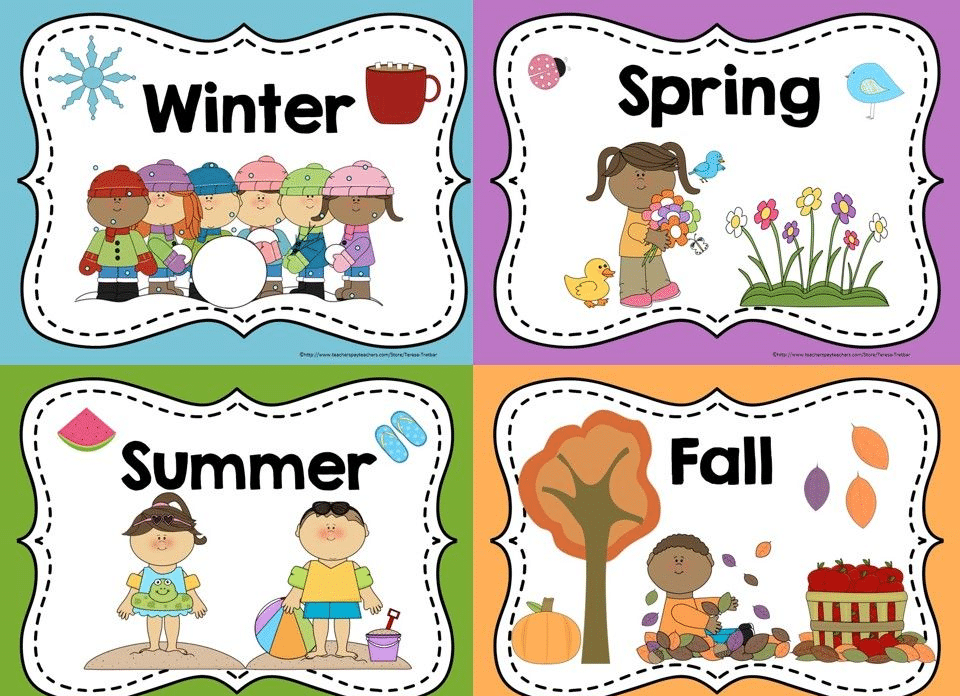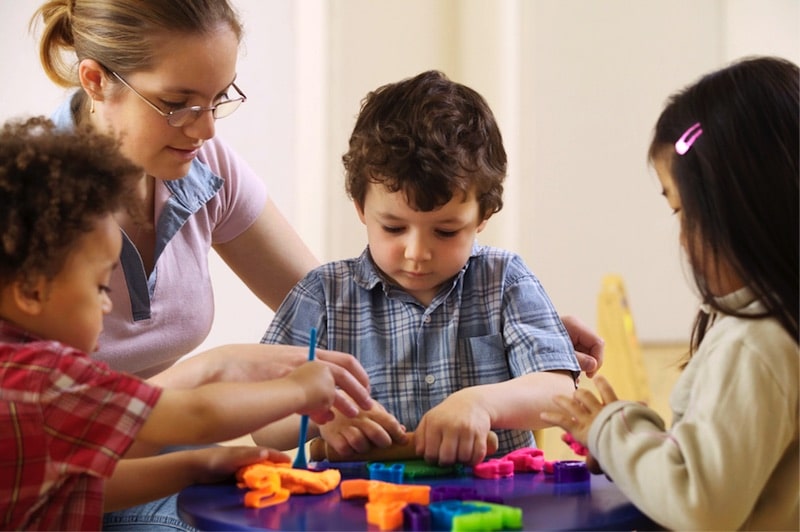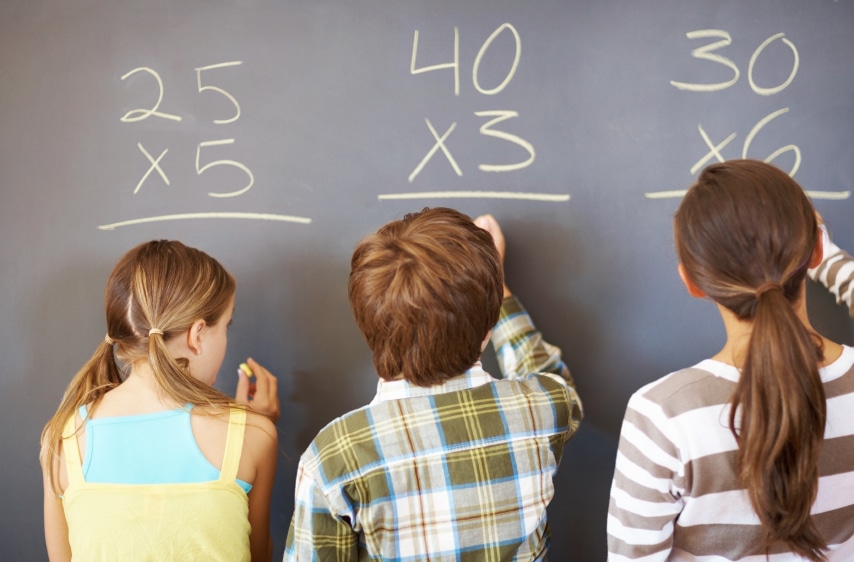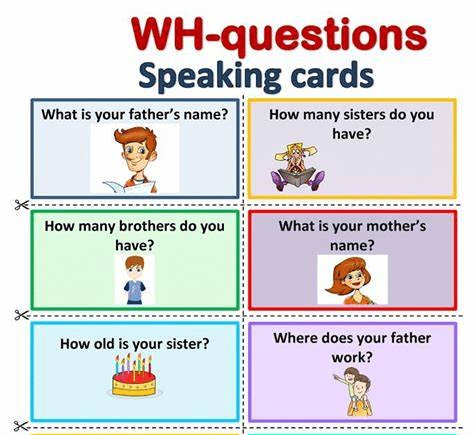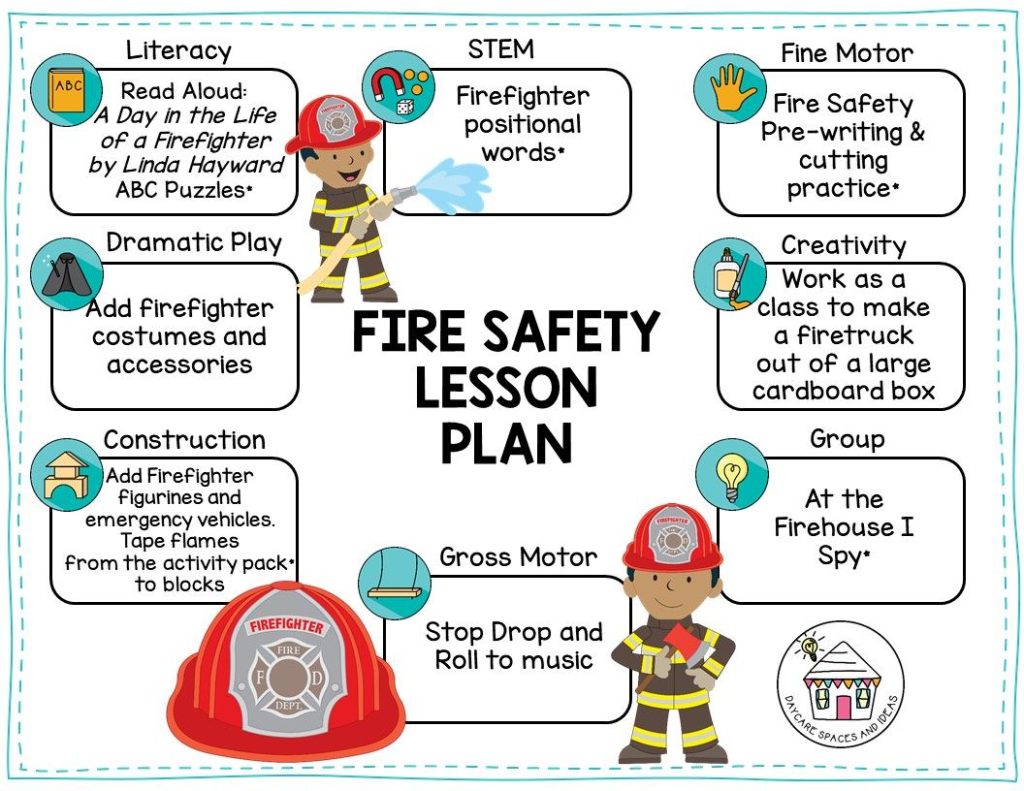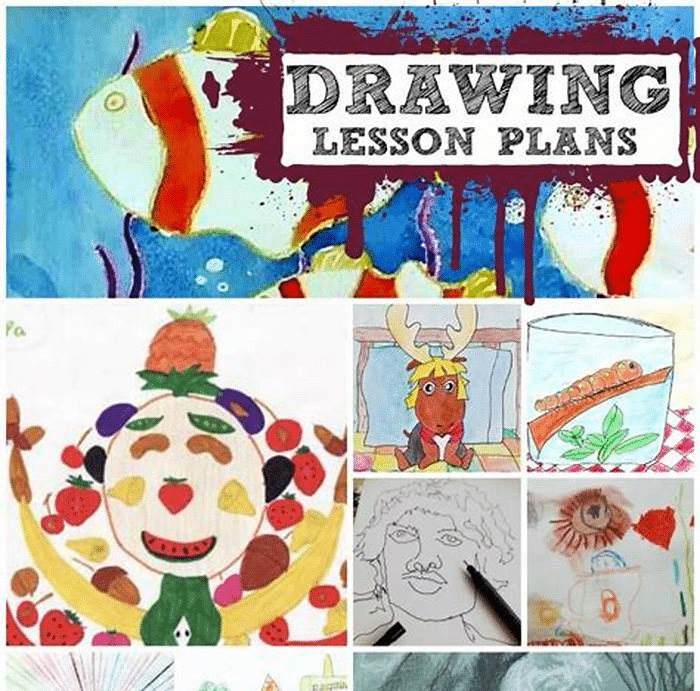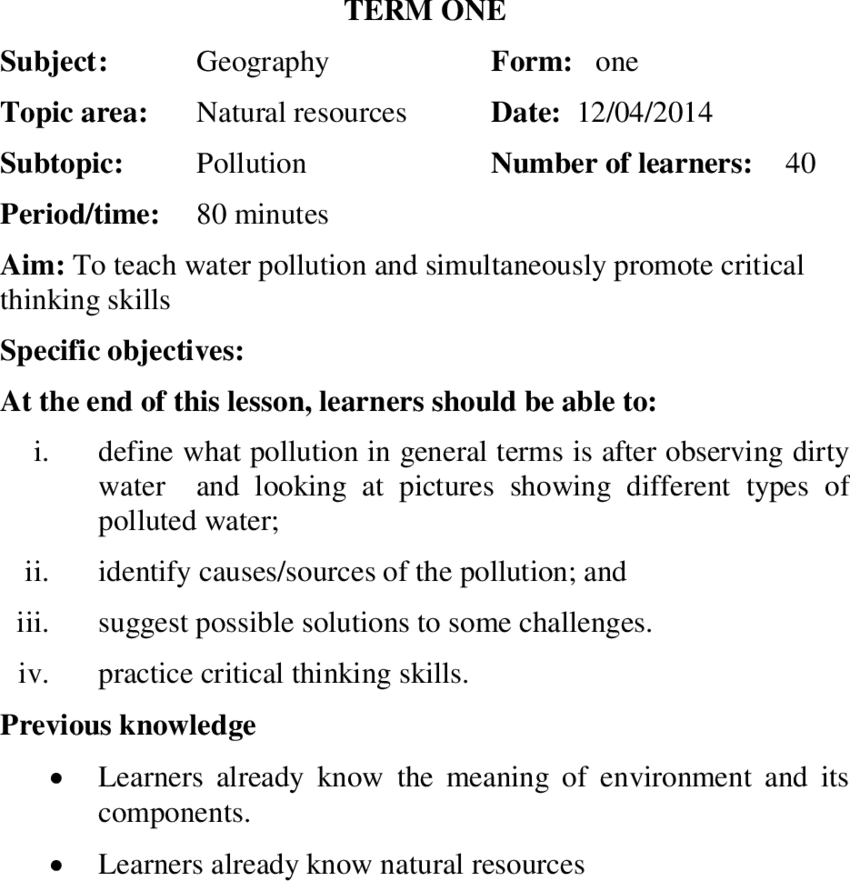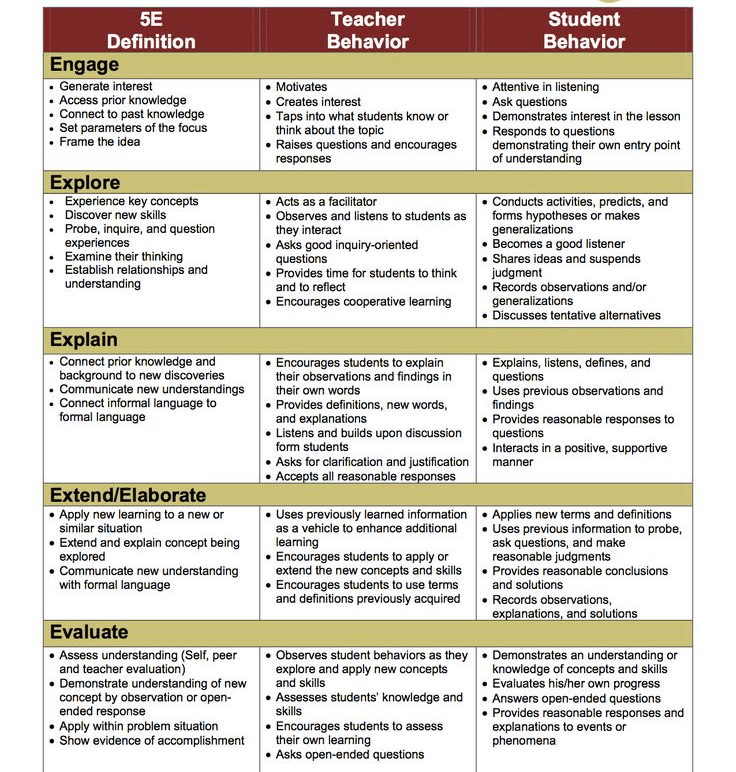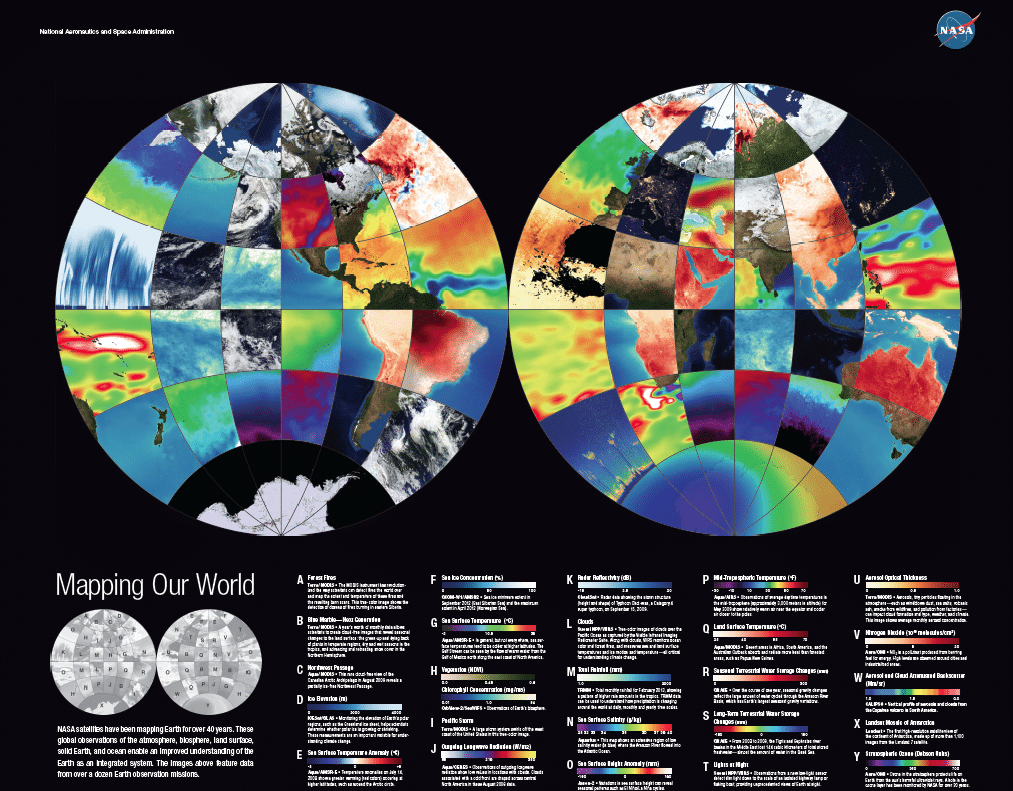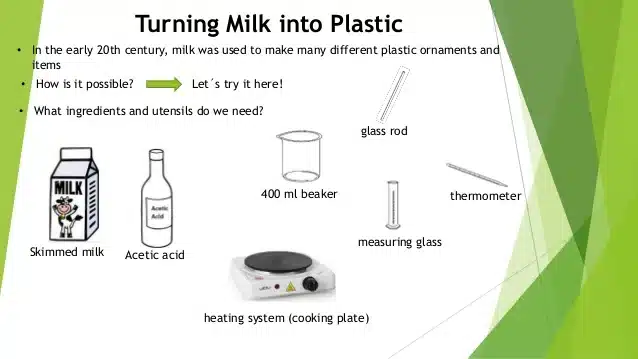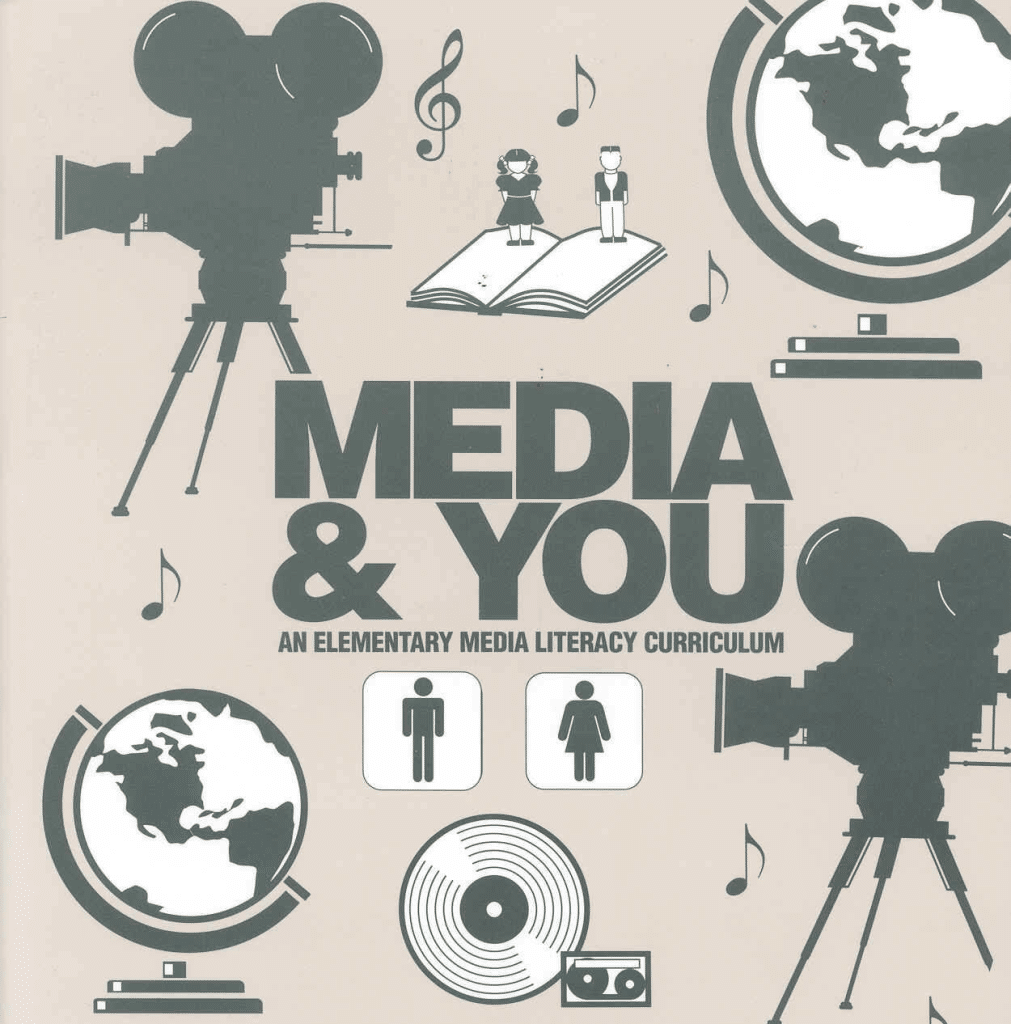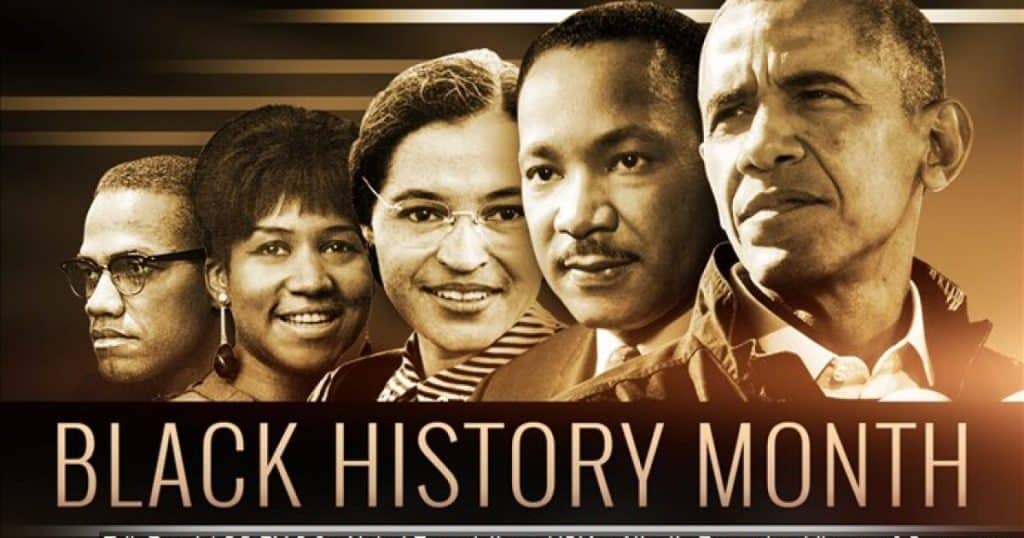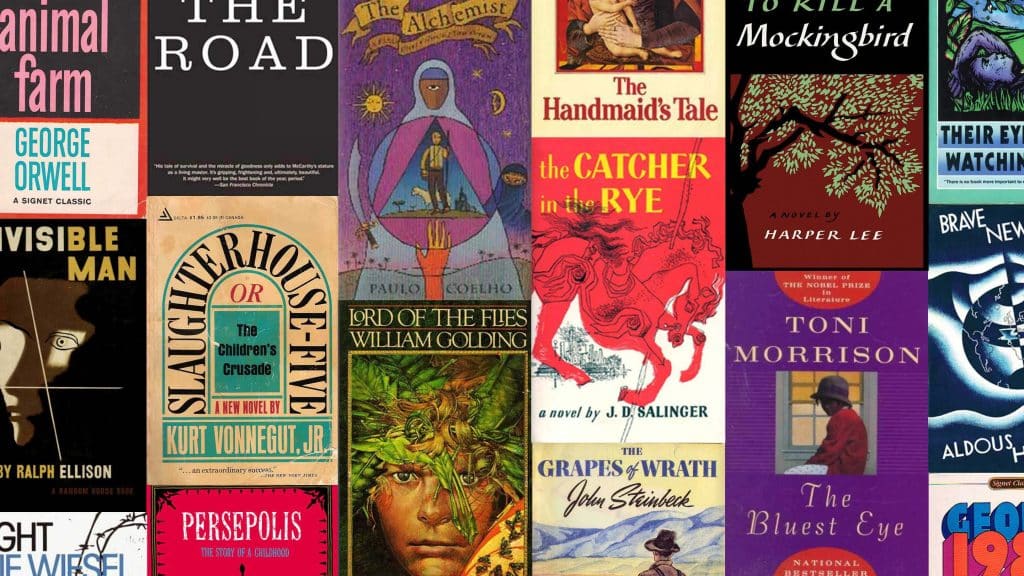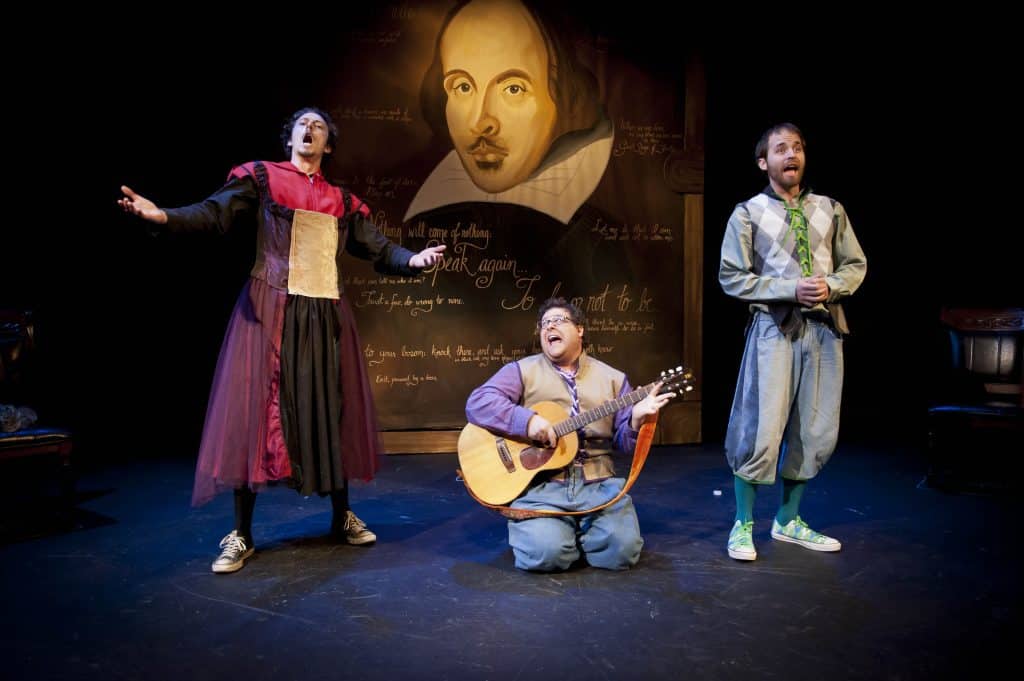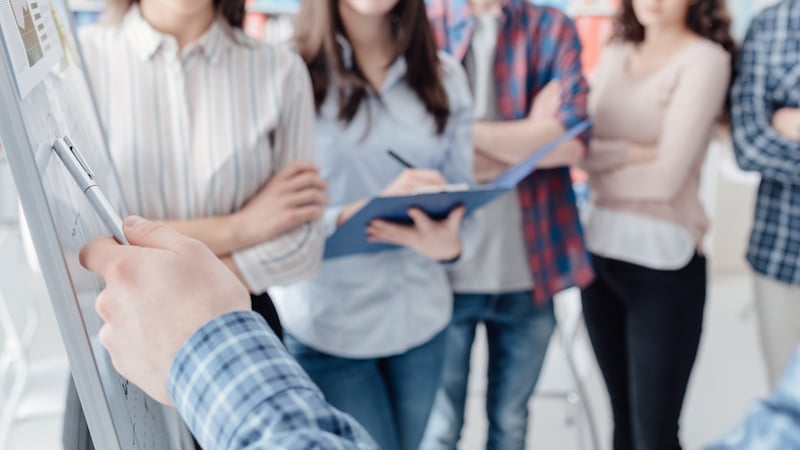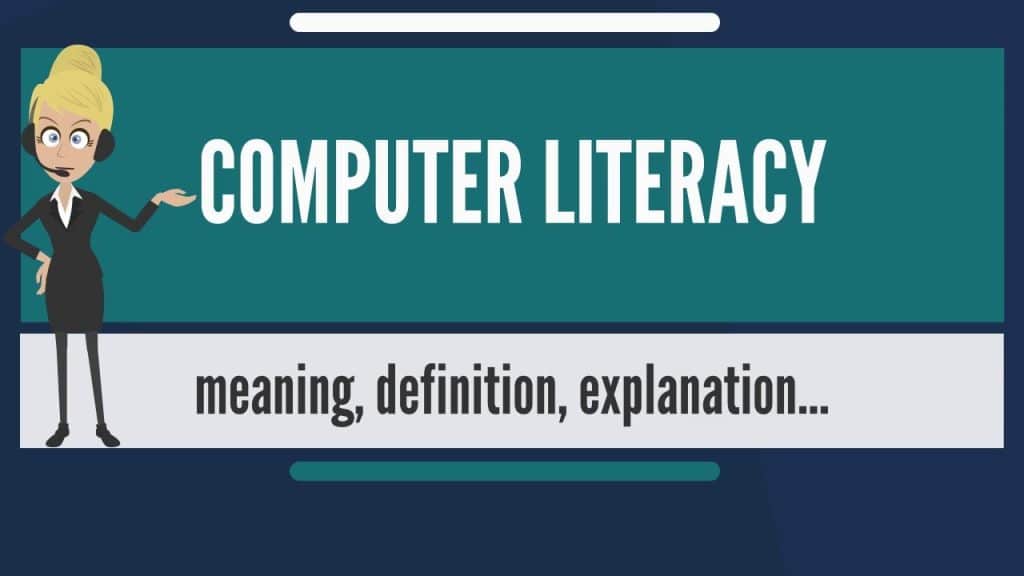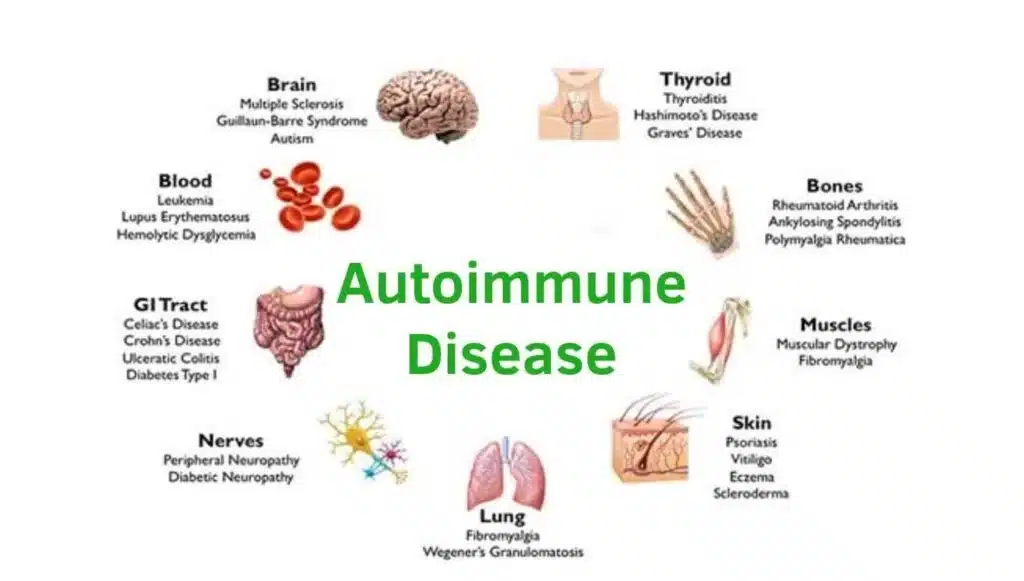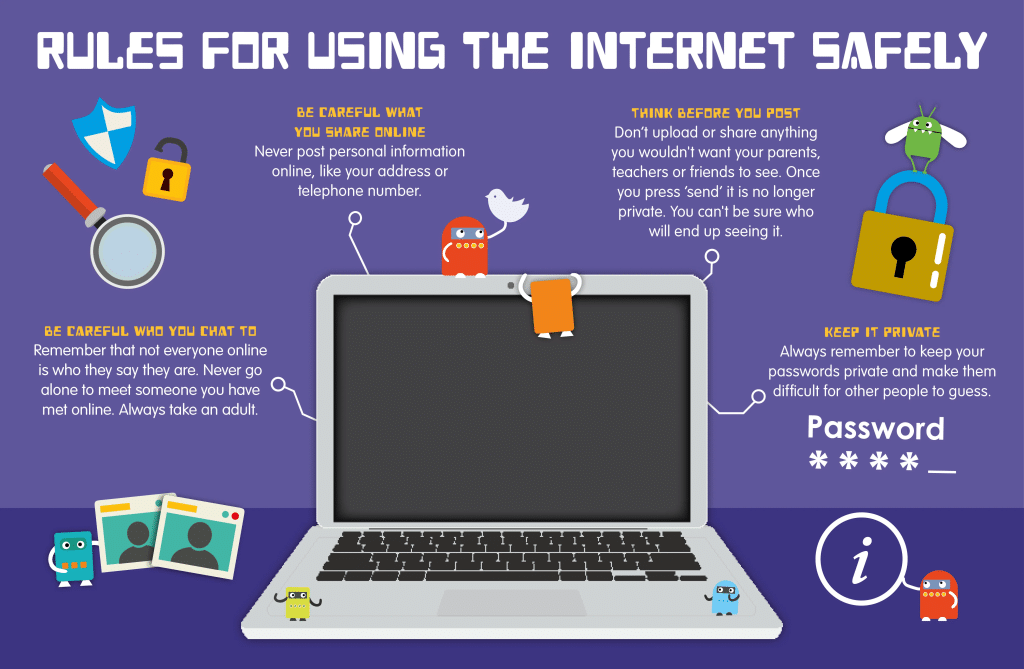Developing a lesson plan ahead of classes helps teachers not lose sight of what the objective for that day is. It is a great organizational tool that makes teaching a whole lot easier and fun.
In order to make sure that the topics you, as a teacher, are about to teach are conveyed properly to the students, you need to ensure that the flow of ideas is uninterrupted and coherent.
Lesson planning is a good idea for all grade levels as it breaks the teaching process into achievable levels or goals that have to be overcome or met. So, if you are on the lookout for lesson plan examples for your students, then you have come to the right place.
The lesson plans outlined here cater to all four grade levels, which are Pre-K, Elementary, Middle School, and High School, respectively.
Interesting Lesson Plans for Pre-School
The pre-k is a crucial developmental period in a child’s life. Their brains are practically blank canvasses at this point, and their sensory and motor skills are still underdeveloped. So, the lesson plans should focus on these areas.
Here are 7 lesson plan examples for Pre-K students:
1. Alphabet Identification
Learning the alphabet in any language is the first stepping stone that helps students into a world full of books and stories. Before they are formally taught to read and write the alphabet using pen and paper, it is wiser to let them learn it in a more fun and interesting manner. Devise alphabet-focused lesson plans in your pre-k class.
One of the lesson plan examples for teaching the alphabet to pre-k kids is letting them play with 3D alphabet sets or Lego letter sets. This exposes them to the letter in an engaging and playful manner. These 3D letters are available in both upper and lower cases and in multiple colors. You can build a whole lesson by making your students work on matching uppercase and lowercase letters or letters of the same colors etc.
2. Animal-Themed Lesson Plan
Children love animals. This is especially true for pre-schoolers. You can use this to your advantage by designing sessions where your students learn to identify animals. Some of the lesson plan examples utilizing this theme can be using flash cards or chart papers having photos of the most common types of animals that the children will be required to identify.
Once this is over, you can move on to art projects where the kids will be required to express their idea of the animals. You can gradually move on to animal habitats, food habits, etc., and build multiple plans on this very topic.
3. Road Safety
It is important to include road safety rules for all children as early as possible. When toddlers gradually start walking well on their own, it may get difficult to control them on the road if they are not taught about what is safe behavior. Organize an enriching experience in the classroom by first telling the students about safety rules and then making them enact them with you. Some of the things that should be taught are looking both ways before crossing the road, holding hands while crossing the road, traffic signals and their meanings, and basic traffic signs with their meaning.
4. Color and Shape Themed Lesson Plan
Teaching preschoolers about colors and shapes will help them hone their sensory skills as well as space-time awareness. Teaching colors is also perfect for students who are learning from home through online mode. Make them play games such as card matching and item sorting where they can match the colors.
Level up this lesson by introducing shapes into the mix and then making them deal with both colors and shapes at the same time. Moving on from 2D shapes on paper to 3D figurines can positively boost their knowledge of objects and such.
5. Motor-Skill Development
Acquiring fine and gross motor skills is a very important part of any child’s development. Fine motor skills include movement in the smaller muscle groups in the hands, wrists, and fingers. Gross motor skills involve larger muscle groups such as legs, arms, etc. Some lesson plan examples for seasoning both of these skills include painting within a bordered sketch, hitting the target game, etc.
Outdoor exercises for gross motor skill development may include dancing, balancing, climbing, etc. These activities are all in favor of prompting physical literacy in children so that they can have the capacity to engage in a physically fit and active lifestyle.
6. Basic Number Sessions
Number recognition can be approached in many ways. However, in most cases, it has been seen that preschoolers learn and retain better when something is shown to them visually. Therefore, learning basic numbers should include teaching the kids from 1 to 10 with the help of objects. You can let them count the 3D shapes they are already familiar with or create a puzzle with 3D numbers.
Other simple lesson plan examples using numbers can include making the kids count the desk and benches, creating interactive play sessions for learning numbers, etc.
7. Weather and Seasons Lesson Plan
Weathers and seasons are some basic knowledge that kids should have an idea about before they move on to elementary. Keep it simple and show them photos or videos of each season and weather type. There are children’s rhymes that help children commit such stuff to memory, so you can consider using that.
Using visual presentations will be much more effective for these young children. You can further ask them to do some drawings that include the seasons or a particular type of weather to test their progress.
Amazing Lesson Plans for Elementary
Elementary school marks the beginning of formal education for children. It is also known as primary school, and kids between 5 to 10 may be termed elementary schoolers. As you can see, the age range is pretty huge, and most of what children learn during this time helps them as they grow up. Therefore, solid and enriching lessons have to be planned that would enhance the children’s critical thinking, problem-solving, and communication skill, along with basic reading, writing, and math skills.
8. Social Skill Development
For molding a positive personality, the development of good social skills is of utmost importance. Children who are more social are likely to be more beneficial than the ones who are introverted. Therefore as a teacher, devise group activities that teach the students the importance of friendship, sharing, cooperation, acceptance, patience, respecting personal space, following directions, making eye contact when talking, and having good manners.
Make sure to reinforce this in class but refrain from strict punishments when a child refuses to cooperate. Instead, find roundabout ways of making them understand, such as narrating stories with a moral or such.
9. Math Lesson Plans
Advancing from basic numbers, lower elementary schoolers should now be introduced to the concept of simple addition, subtraction, multiplication, and division. Other concepts such as decimals, fractions, simple word problems, etc.
Upper elementary schools that include grade K3 and above can be introduced to a slightly more advanced version of these very topics as well as some practical everyday skills such as counting money, spending and earnings, basic geometry, multi-step problems, and the like.
10. Language Lessons
Proper language usage is important for any kid’s development, and this skill is usually acquired through hearing. Children who grow up in bilingual households can actually grow up learning two languages at the same time. Assuming English as the classroom language, lesson plans should be devised so that students can make use of their knowledge to form coherent sentences.
Some lesson plan examples with this theme would include asking your students to speak five sentences about themselves, their parents, their pets, etc. Conducting listening and speaking classes using simple stories and speaking cards are good ways to teach language skills to kindergarteners. For the upper-K students, activities such as practicing homophones, spelling, creative writing, word – picture association are recommended activities.
11. Teaching About Fire Safety
After the age of 2 or 3, kids can form associations between things and start to have a basic idea about things that are safe and unsafe. The concept of safety is satisfactorily developed by the age of 5. Therefore, elementary is a great time to imbue in them the protocols of fire safety. Here are some of the topics that can be included in a lesson plan about fire safety, like what to do in a fire ( not to panic, freak out, etc.), how to reach 911/ an adult, cautions against playing with fire, what to do when caught alone in a fire, kitchen safety, and handling electrical appliances safely.
In addition to this, you can ask the school authorities to organize a drill with actual firefighters who can demonstrate fire safety protocols.
12. Mental Health Awareness
Research shows that one in every six children from the US between the ages of 6 and 17 suffer from mental health problems. Often, these problems remain unaddressed and manifest as personality problems as they grow up. Therefore, it is wise to educate them about mental health as early as they can grasp the concept.
Some lesson plan examples or topics that can be discussed are identifying positive and negative emotions and learning to deal with them, dealing with stress, empathy, and compassion, forming healthy relationships and identifying toxic ones, identifying concerning behaviors in peers, and knowing when to seek help.
13. Science Lessons
Basic science lessons such as parts of the body, animal names and habitats, weather, and climate are already taught to children in the Pre-K phase. During the lower and upper elementary phases, with more developed brains, the students are ready to take on more.
Your science lesson plans can be based on the topics such as the human body- anatomy, bodily systems, five senses, etc., animals- kingdoms, habitats, ecosystems, etc. flora- Types, habitats, life cycles, etc., geology and Earth Science- landforms, natural disasters, plate tectonics, rocks & minerals, erosions, etc. and space- the planets, basic information about the galaxy, and known stars.
14. Performance and Visual Art Lessons
Visual and performing art lessons are just as important as other areas of learning. Opportunities for creativity are some of the most critical developmental phases for an elementary schooler. This is because intelligence, both logical and creative, is crucial to students. The lesson plans should be crafted in such a manner that will encourage the students to express themselves.
Lesson plan examples for performing arts may include a short skit set on assigned topics, oration, music, etc. In each of these, students can learn a little about the history of the art form and how contemporaries carry it today. For visual art classes, students may be introduced to painting, crafts, and sculpting, along with some basic composition concepts and theories of the specific art forms.
Best Lesson Plans for Middle School
At the middle school level, teachers will need detailed study materials and lesson plans that will give the students a very thorough understanding of the topics being taught.
Some lesson plan examples for the same are listed below:
15. Geography Lesson on Earth’s Resources
The focus of this lesson will be on the Earth’s natural resources and the ever-increasing demand for the same. The students will be told about the different areas where the natural reserves are being relentlessly used. The lesson will gradually move into the topic of pollution of different kinds, discussing its causes.
You, as a teacher, should try to get the class to engage in an enriching discussion about what could be done regarding the exploitation of resources and pollution. Finally, the students will be informed about what steps are being taken to save the Earth. The use of flashcards, pictures, videos, etc. is recommended.
16. 5E Lesson Plan Technique
The 5E teaching technique involves five precepts which are: Engagement, Exploration, Explanation, Elaborate, Evaluate. This is a method that can be applied to students from middle school level and up and possibly all technical subjects such as science, maths, geography, etc.
In this method, efforts are first made to draw the student’s attention to a topic using various tools such as presentations, the internet, and such. After this, the topic at hand will be explained in detail. At the end of the lesson, the student’s level of understanding will be evaluated.
17. History Lesson on Ancient Egypt
Ancient Egypt has always been an enigma to historians all around the world. This is one reason why it is taught in schools around the globe. Here are some topics or lesson plan examples around which you can devise your classes on ancient Egypt, such as a short introduction to Egypt- its location, languages, currency, food, religion, etc., story-like narration of Egypt’s ancient practices, such as mummification and tomb building, information on pyramids- how they were built, who built in and why, the most famous pyramids, etc., Tutankhamun- his legacy, the myths surrounding this monarch, etc. and Notable discoveries made by archaeologists in modern times.
18. Self-Portrait Art Lessons
Although quite simple, some planning must be done for this topic to ensure a successful result. At the middle school level, the students will be assigned a separate art teacher. And since drawing a self-portrait can be quite advanced, it is best that the students are first introduced to the theories and composition techniques.
A medium like graphite, collage, paint, etc., can be used for the drawing purpose where the students will be required to draw their own likenesses on canvasses. It will be an interesting form of self-expression for the students.
19. Virtual Exploration of The Earth
With the advent of technology, people can easily watch or view inaccessible corners of the Earth. Therefore, using the multitude of resources available on the web, you can plan a lesson around showing your students some of the landforms that cannot be easily accessed.
For instance, choose North American landforms and show them Google Earth images of the Grand Canyon, Petrified Forest National Park, King’s River Valley, Fountain Formation in Flatirons, etc. There are also drone videos of the same places available and can be used. The same can be done for other topics, such as the Exploration of Space or the Deep Sea. These will obviously only have artificial renditions of them and not real images.
20. Chemistry- Turning Milk into Plastic
For this amazing chemistry lesson, divide the class into manageable groups of 4. The objective of the lesson is to demonstrate how milk can be chemically polymerized into plastic. However, simple demonstration is not the only goal. The students should be able to have a clear understanding of why the phenomenon is happening and what chemical properties of the used materials are triggering this change.
After, the students will be asked to conduct the experiment by themselves, and they will also be asked to reflect on the consequence of using natural resources for industrial reasons.
21. Physics- Kinetic and Potential Energy
Energy is an important concept in Physics, and students can be familiarised with the notions of kinetic and potential energy using a simple experiment. Build a simple roller coaster using paper or a commercially available plastic set. The experiment itself is fairly simple, and all you have to do is demonstrate that the toy car on the roller coaster will come down if it goes up.
The object behind this lesson is to explain concepts of objects at rest containing potential energy, which is then transformed into kinetic energy when the object is in motion. The role of gravity in all this also has to be explained.
22. Media Literacy Lesson Plan
Media Literacy is one of the most important topics that should be taught to a middle schooler living in the 21st century. Most of these kids have access to the internet from their phones and are susceptible to being easily influenced by what they see/read/hear on the web.
The most recommended lesson plan examples to teach media literacy have been mentioned. They are activities that help the critical and analytical thinking skills of the students, such as differentiating between facts and opinions with class debates, and News Hour, where students can watch the news together and discuss what they think about it, giving the students a reading list on media literacy, and asking students to formulate and write down their ideas on a topic with divided opinions.
Top Lesson Plans for High School
After high school, students start to screen themselves socially according to intelligence, political views, future plans, and many other such categories. Therefore, whatever they learn during school should be practical education that helps them function as upstanding members of society.
23. Black History Lesson Plan
The objective of this class will be to make the students aware of the notable personalities that changed the course of American history and fought for the rights of Black people.
These are some activities that can be performed in class, like a detailed reading of the history of Black History Month and Juneteenth, reading lists that highlight the struggles Balck people went through, reading about influential black personalities up till the modern day, and evaluation tasks where students have to research the contributions of black people in science, music, cinema, art, and other areas.
24. Math Lesson on Taxes
In the interest of teaching students some practical skills for the larger world ahead, some of the math lessons can be focussed on taxes. This will not only help improve their math but also their reading comprehension skills.
The lesson should cover the basics of taxation of all kinds, tax filing season, tax extension, tax refunds, etc. The use of printable material and worksheets, along with realistic simulations, is recommended.
25. Inclusive Literature Lessons
High school is a great time to introduce world literature to the students. Reading will help their vocabulary as well as help them form opinions about many social issues.
Here are some recommended lesson plan examples for high school literature classes such as assigning reading lists that are inclusive of gender, sexuality, culture, etc.,.having the students do a critical analysis of each text, the students draw character sketches from the novels, or making pop quizzes that test the understanding of the texts.
26. Theatre Class Lessons
There are few better ways to test the critiquing skills of high schoolers than have them review a play that was written ages ago. The objective of the lesson would be to recognize what made the story of the play successful when it was first released and what makes it relevant today. They should also be able to recognize the outdated tropes in the play and have a robust discussion about them.
27. Class on Business Ventures
This is perfect for students that have plans to be an entrepreneur in the near future. In the lesson, students will be taught about how business ventures work and investments work.
By the end of it, they should have a good idea about concepts like ROI and such, along with business strategies for best profitability.
28. Computer Applications Lesson
Technical literacy is a crucial skill to have in today’s world.
Most jobs need computer skills, and therefore, here are a few skills that students should work on in computer application lessons, like Digital Literacy, Microsoft Office, Google Applications, Web Research, and the basics of Excel in a corporate capacity.
29. Biology Lesson on Autoimmune Diseases
The lesson should focus on the definition of autoimmunity and the diseases that occur.
The students should be educated on the types of autoimmune diseases, symptoms, people that are vulnerable to these diseases, what steps can be taken for prevention, and the basics of how it is treated.
30. Class on Personal Safety
Teenagers of today deal with threats that were unthought of in the past. It may be difficult for teenagers to speak about certain things with their families, and therefore, the school can act as their safe space to discuss personal safety.
Keeping this in mind, a lesson plan regarding personal safety should touch on the following topics such as what to do if someone or their friend is being bullied, online safety and threats of cyberbullying, sexual education, including sexual safety and hygiene, being vigilant against predators and physical and mental health.
Wapping Up
All in all, there are many executable ideas that teachers can apply in the process of building lesson plans. The best course of action is obviously to have it written somewhere, preferably in an accessible location. The norm is to have a dedicated notebook for this, but one may also prefer a digital option over an actual notebook.
In fact, there are many websites and tools available online that can help you build solid lesson plans, and all you have to do is find relevant information in the required places.
This is actually much more convenient as you can attach links to resources, images, and videos so that the entire lesson is in one place and you do not miss anything.

